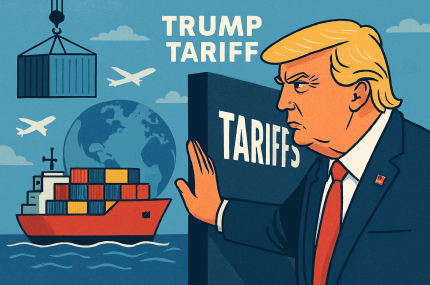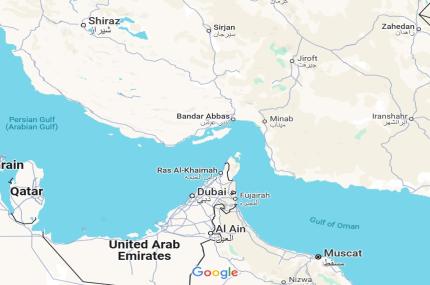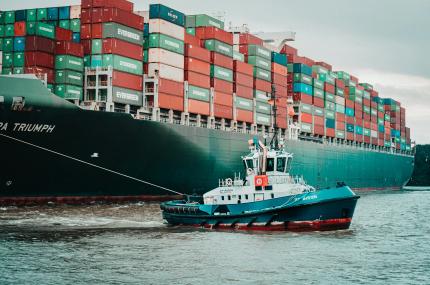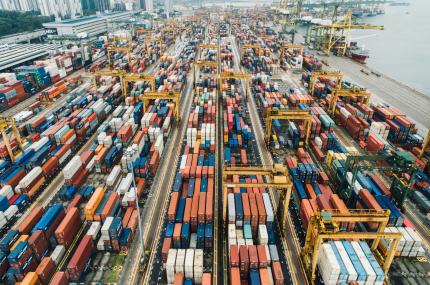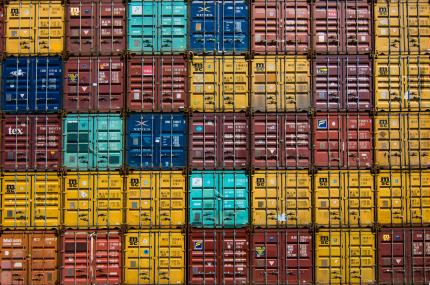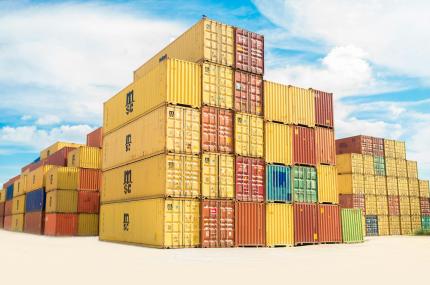Blog Detail

U.S. – Vietnam Trade Deal Offers Relief as Global Shipping and International Trade Brace for Wider Tariff Impact
On July 2, 2025, the United States and Vietnam announced a long-awaited bilateral trade agreement, offering a rare point of clarity in what has become a period of extreme volatility in global shipping and international trade. Vietnamese exports to the U.S. will now face a 20% tariff—down from the threatened 46%—while American goods will enter Vietnam duty-free. But the deal also introduced a 40% tariff on goods merely “transshipped” through Vietnam, directly targeting Chinese firms rerouting products to avoid U.S. duties.
While this agreement marked a breakthrough, dozens of other countries are still in limbo. The broader policy shift—President Trump’s "reciprocal tariffs"—has thrown global supply chains into disarray, disrupting international logistics networks and raising costs across virtually every industry that depends on cross-border commerce.
A New Trade Doctrine: "Liberation Day" and Reciprocal Tariffs
The shakeup began on April 2, 2025, when President Trump announced sweeping new tariffs under the banner of “Liberation Day.” A 10% baseline tariff was imposed on nearly all imports into the U.S., coupled with country-specific reciprocal tariffs based on bilateral trade deficits.
These new international trade barriers were significant: 25% tariffs on South Korean imports, 20% on Jordan, and as high as 49% on Cambodian goods. A separate 25% tariff on all imported automobiles and parts was enacted on April 3, with exemptions only for Canada and Mexico under the USMCA.
Steel and aluminum imports remained under pre-existing duties of 25% and 10%, respectively, with a possible increase to 50% for certain countries by July 9, 2025, if bilateral agreements are not reached.
90-Day Pause to Avoid a Shipping Shock
Following immediate backlash from U.S. trading partners, the administration issued a 90-day pause on most country-specific tariffs, leaving only the baseline 10% in place during negotiations. This grace period is due to expire on July 9, and August 12 for China.
So far, few countries have managed to finalize trade agreements. The United Kingdom signed a deal at the G7 summit on June 30, which reduced tariffs on British exports such as autos and aerospace parts in exchange for U.S. agricultural market access. But the majority—including India, Japan, Thailand, Cambodia, Malaysia, the Philippines, Indonesia, and Taiwan—remain in active negotiations. For instance, India’s $86.5 billion in goods exports to the U.S. now face a looming 26% tariff, posing serious threats to its labor-intensive industries.
International Shipping Feels the Strain
The international logistics sector has experienced acute pressure. The uncertain tariff landscape has triggered a 37.9% spike in U.S. imports during Q1 2025, as businesses rushed to bring in goods before higher duties take effect. This surge temporarily overwhelmed ports, warehouses, and customs operations, adding friction across global shipping networks. The front-loading of imports also had a negative impact on U.S. GDP, as working capital became locked in excess inventory.
At the same time, ocean freight routes have been severely disrupted. Shipping volumes from China to the U.S. have declined significantly since April, and container unloading at key West Coast ports such as LA and Long Beach has fallen by 35%. These figures reflect a major shift in international trade flows, as companies rethink sourcing and diversify their supply chains to countries outside of China.
The new Vietnam deal could amplify Southeast Asia’s role in global trade. However, the 40% anti-transshipment provision limits its usefulness as a workaround for China, adding complexity to already strained international logistics strategies.
A Logistics Industry Under Pressure
The dynamic tariff environment has led to a sharp increase in demand for bonded warehouses—facilities that allow goods to be stored without immediately triggering customs duties. Meanwhile, customs brokerage services are overwhelmed, as firms scramble to navigate the constantly shifting tariff schedules and bilateral agreements.
Freight forwarders, air cargo operators, and ocean carriers are all facing increased volatility. Planning shipping capacity or delivery timelines has become nearly impossible beyond a few weeks, creating inefficiencies that ripple through global supply chains.
E-commerce is another major casualty. With possible changes to the de minimis exemption (which allows goods under $800 to enter duty-free), international e-commerce shipping is under direct threat. According to AlixPartners, 22% of U.S. consumers have already adjusted or reduced international purchases, impacting both air freight and small-parcel shipping volumes.
Global Trade Faces Economic Headwinds
Economists are warning of deeper consequences for international trade. The Peterson Institute for International Economics estimates that if the full range of tariffs is implemented and trading partners retaliate, U.S. GDP could fall by 2.1% by 2026, while 2025 inflation could rise by 1.8 percentage points.
JPMorgan Chase estimates U.S. businesses could incur $82.3 billion in additional costs from the current tariff framework. Goldman Sachs projects that 60% of those costs will be passed directly to consumers, adding further stress to household budgets.
In response, trading partners are preparing their own retaliatory measures. The European Union has already drafted counter-tariffs, signaling a deepening fracture in international trade relationships.
At the same time, companies are accelerating the restructuring of global supply chains, leading to increased re-regionalization and fragmentation in global production and distribution models.
A Turning Point for Global Trade and Shipping
The U.S.–Vietnam agreement may offer a glimpse of resolution, but the broader uncertainty surrounding reciprocal tariffs continues to cast a shadow over international shipping and trade. As the July 9 deadline approaches, dozens of countries are still at risk of seeing their exports hit with punishing tariffs, potentially reshaping the global economic order.
For now, international logistics providers, exporters, and policy analysts are watching closely—because what happens next could redefine how goods move around the world for years to come.
